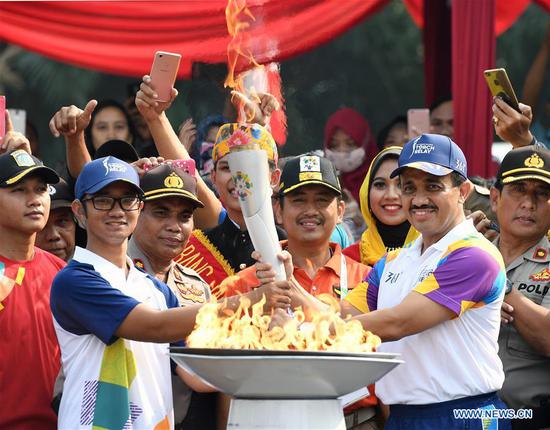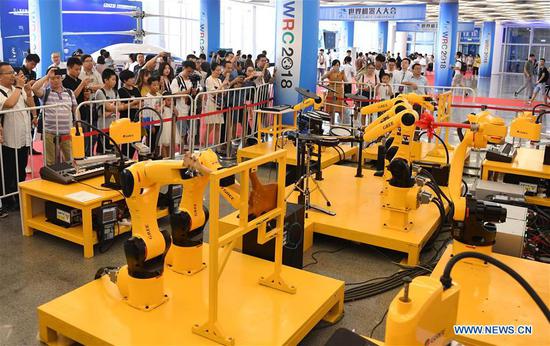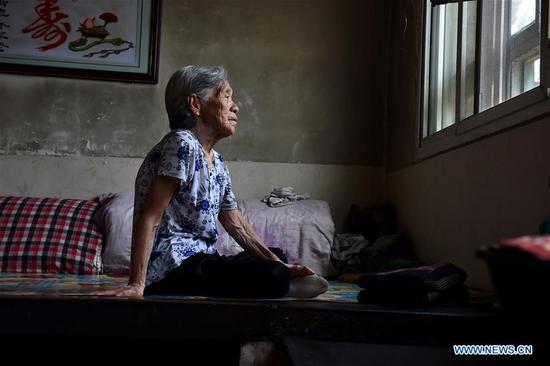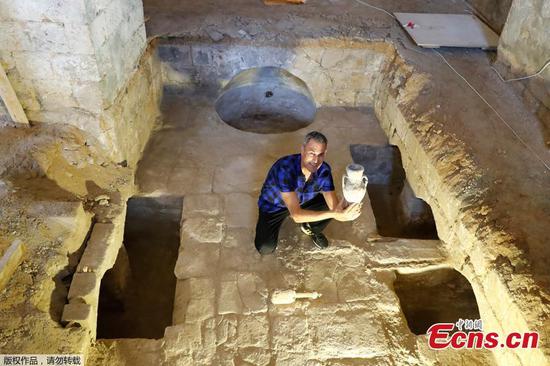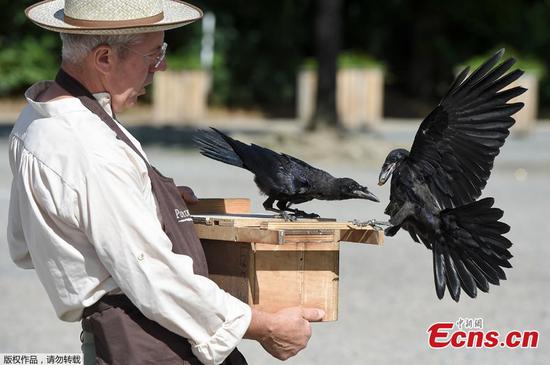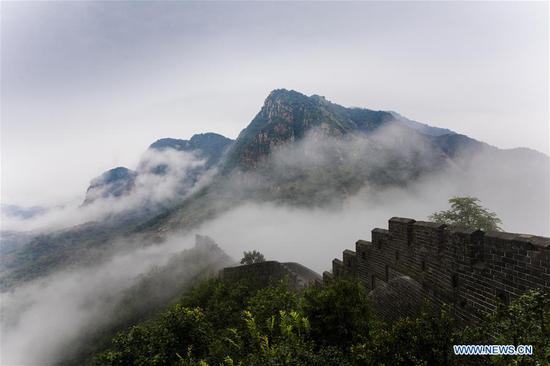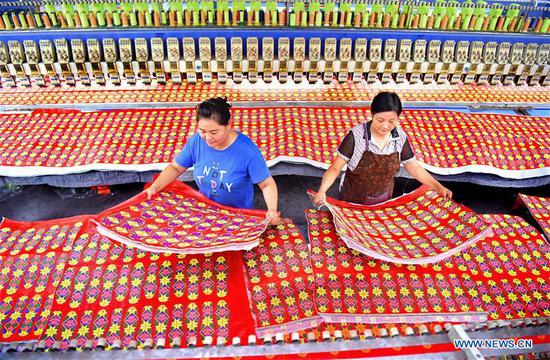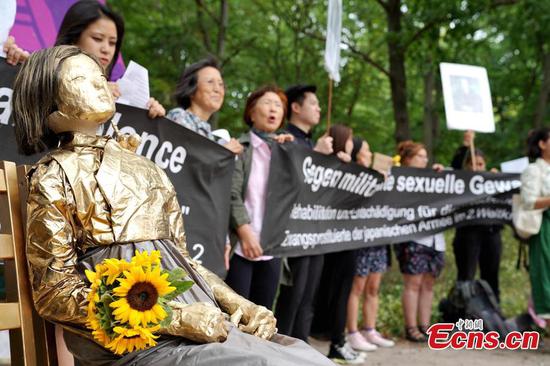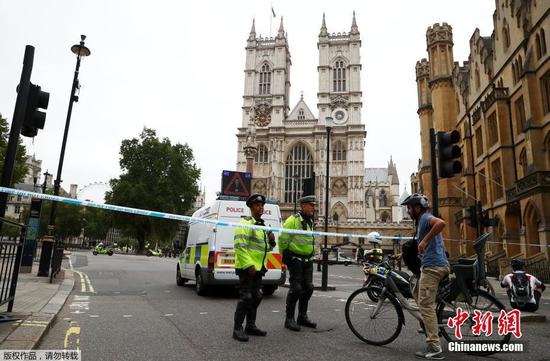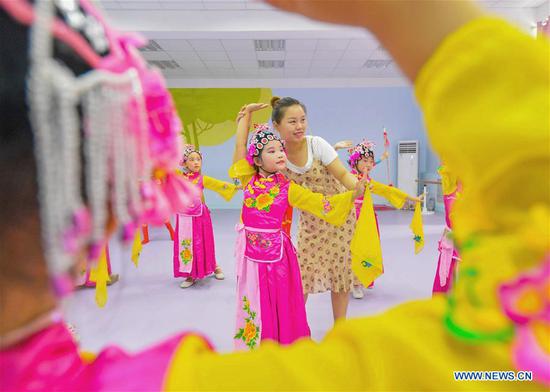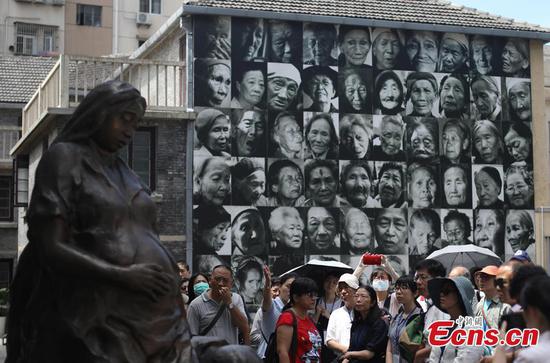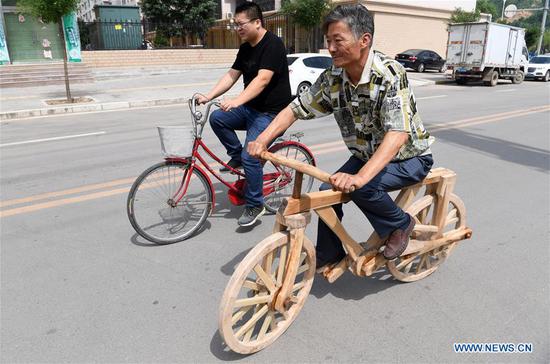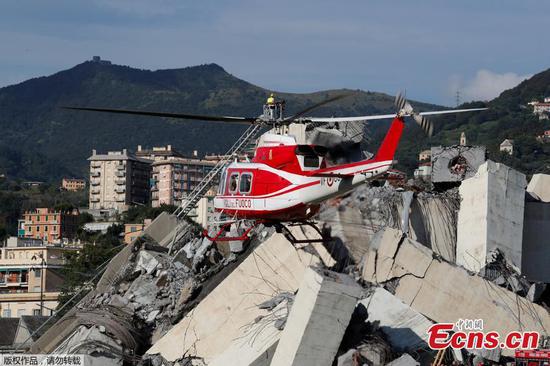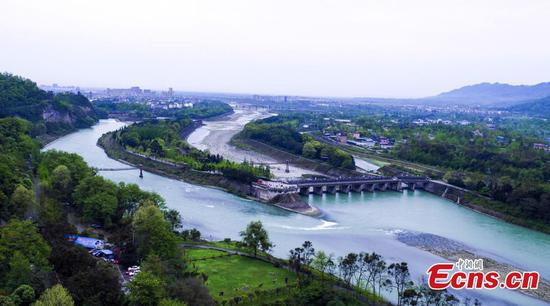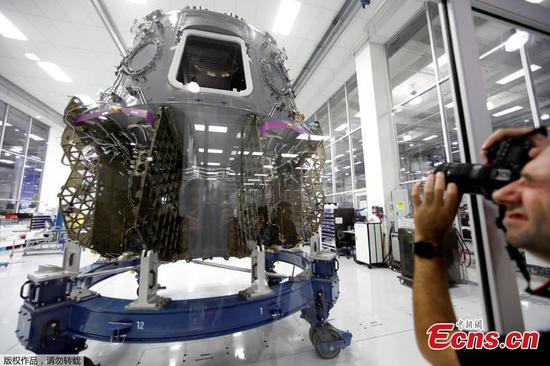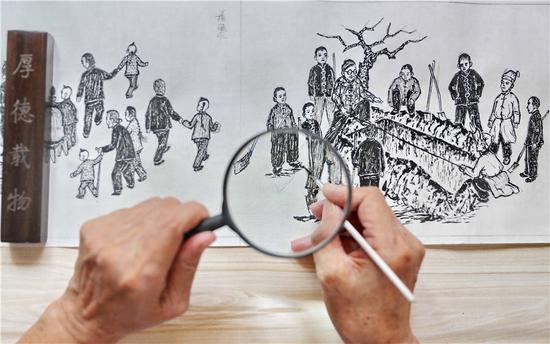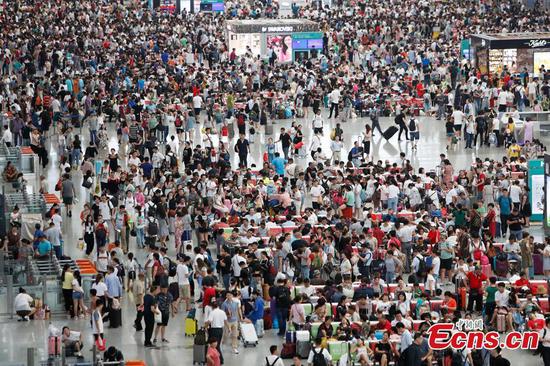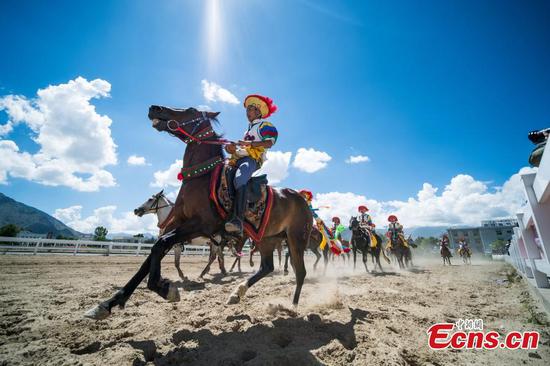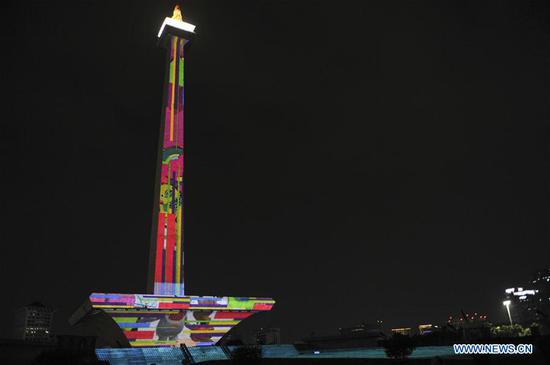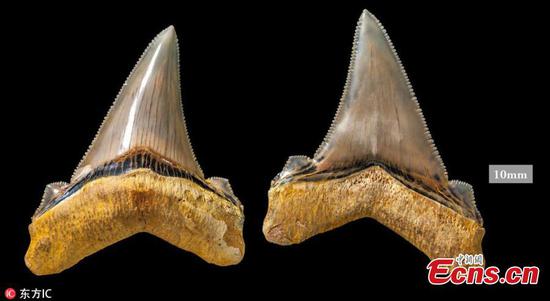Healthier nation
With its athletic prowess proven at the highest level by the 51 gold medals in 2008, (three weightlifters were stripped of them last year for doping violations), China is now focusing on building a healthier nation by rolling out a national fitness campaign.
From marathon mania to the square dance craze, Chinese are increasingly being bitten by the exercise bug, as evidenced by hot participation in celebrating the 10th National Fitness Day.
Since 2009, the fitness day has been held annually on Aug 8 to commemorate the opening of the 2008 Olympics.
Staged in the open area between the National Stadium and National Aquatics Center, this year's celebration involved 3,000 sports fans taking part in aerobic exercise, table tennis, badminton and soccer, despite sudden rainfall that drenched the city.
From Aug 4 to Sunday, about 3,500 mass fitness activities and grassroots sports events will have been held at major public venues, provincial Olympic sports centers and schools nationwide involving more than 90 million people as part of this year's fitness day campaign, according to the General Administration of Sport of China, the country's top sports governing body.
In his report to the opening session of the Communist Party of China's 19th National Congress on Oct 18, General Secretary Xi Jinping urged the country's sports sector to extensively promote mass fitness activities and to accelerate the construction of a strong sporting nation.
The progress achieved by China in the past five years in mass fitness has underlined such instruction from the top leadership.
Thanks to more accessible facilities, the proportion of Chinese who exercise at least three times a week with medium intensity had increased to 33.9 percent of the population by the end of 2015, an increase of 5.7 percentage points from 2007, according to the latest national fitness survey released by GASC in 2016.
By the end of 2015, the government had set up 573,580 sets of exercise equipment for free use, covering more than half the country's cities and villages, and had trained nearly 2 million community sports instructors.
Meanwhile, GASC has been working with the finance, urban development and education ministries to ensure that State-owned stadiums, training bases and school facilities are open to the public more often.
Since 2014, the government has subsidized venues run by sports bureaus and State-owned training centers to ensure they remain open to the public.
According to the Ministry of Finance, the central government offered subsidies totaling 930 million yuan ($136 million) last year to support mass fitness functions at 1,257 sports venues. Total investment of 3.5 billion yuan has been made on this since 2014.
Previously, the annual allocation of subsidies mainly considered a venue by size and capacity, but from next year distribution will be based on the number of "ordinary exercisers" and the frequency of mass sporting events hosted by a venue as well as feedback from surrounding communities, according to GASC.
Sports Minister Gou Zhongwen said sport's role in China's journey to build a moderately prosperous society in all respects by 2020 should be further emphasized.
The administration will call on sports authorities, organizations and relevant units at all levels to take the mass fitness campaign to the next level as a national strategy to improve the health of people and build a stronger nation, Gou told China Sports Daily.
Equal importance will be given to mass sports promotion and development of the sports industry with the goal of winning medals at international events, Gou added.









